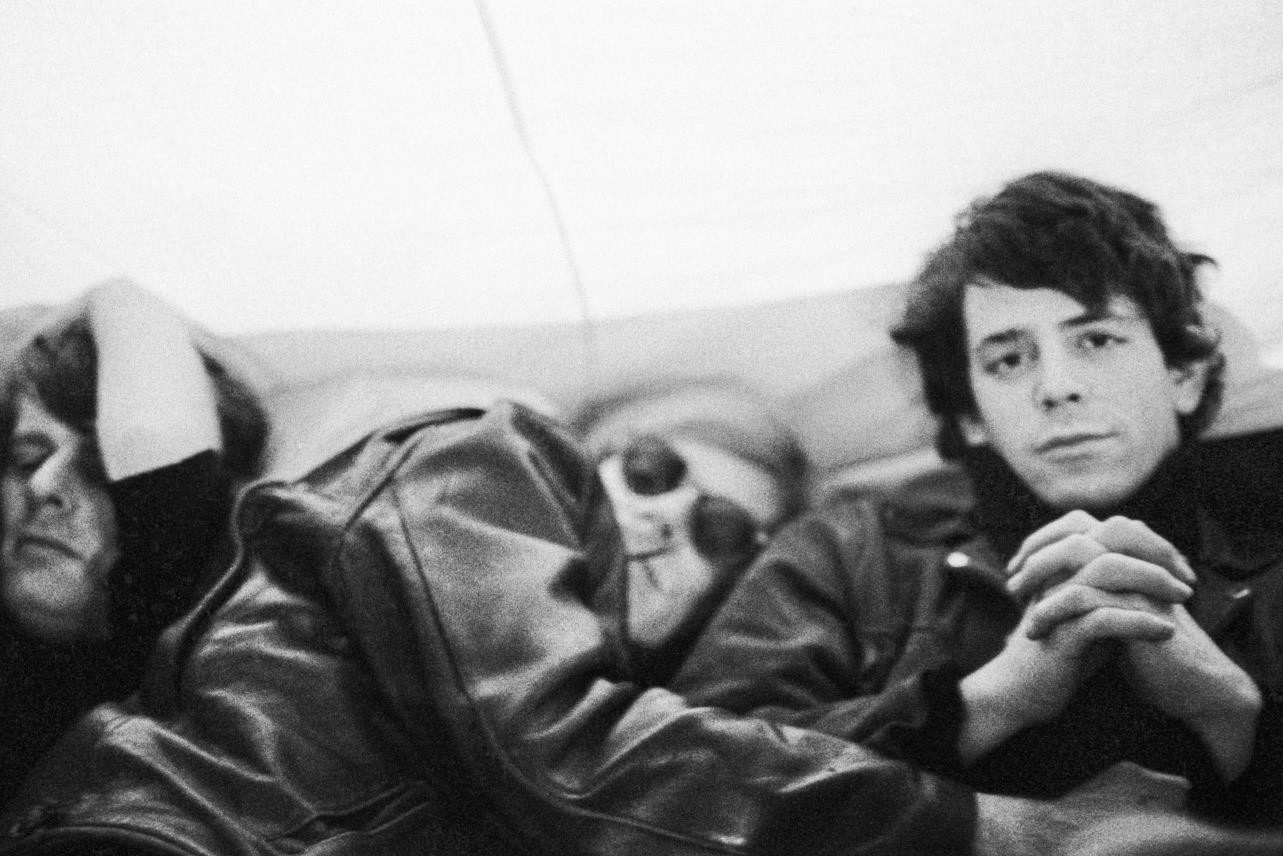I read Meet Me In the Bathroom: Rebirth and Rock and Roll in New York City 2001-2011 by Lizzy Goodman a few years ago. For anyone interested in learning about how acts like The Strokes, the Yeah Yeah Yeahs, or LCD Soundsystem got their foothold in music, it’s an outstanding read. Written as an oral history, Goodman interviews friends, business partners, and the band members themselves about their experiences in the 1960s, a time that produced so many acts that fans continue to adore.
However, there’s a bit of a saccharine quality to their stories. These artists entered the fold at a time when Manhattan had become gentrified, and many of its acts had come from fairly affluent backgrounds. For all the great music produced during this time, it often felt like these artists were simply yearning for chaos in a city in which it didn’t exist anymore.
The Velvet Underground, directed by Todd Haynes, doesn’t just take us to that old age in New York — he slams it in our face until we see stars. And those stars are beautiful.
For those who don’t know, the Velvet Underground was a band that formed in New York in 1964. It consisted of Lou Reed, John Cale, Sterling Morrison, and Moe Tucker. The band was also affiliated with Andy Warhol, who was their manager and the design artist of their first album.
The band’s music, which sought to infuse rock with avant-garde elements and transgressive lyrics, sold extremely poorly when it was first released but has grown in influence since. They are now considered one of the most influential acts of their era.
In keeping with the experimental nature and free spirit of the band, director Todd Haynes concocted the film in a way that keeps true to its artistic vision.
The viewer is constantly presented with multiple images on screen at once; whether it be iconography of Manhattan in the 60s, images of Andy Warhol’s factory shoots, or old photographs of band members, Haynes keeps us in a constant state of unrest. We’re always presented numerous sounds and images, trying to pick out what is and isn’t important. In this way, the medium of the film evokes the turbulence of the time on an aesthetic level. It’s visually outstanding.
The clips and interviews include archival audio clips from singer and lyricist Lou Reed and secondary songwriter John Cale. They offer the viewer a detailed history of the band without standard rock documentary self-glorification. The interviews feature more coffee conversations than clips of washed-up rockstars telling you how great they are.
Aside from being both an explanatory piece on the band’s history and a snapshot in time of New York during that era, it’s also simply a love letter to the creation of art and of anything new and exciting.
There’s a special moment in the second half of the film where Boston music legend and Velvet Underground superfan Jonathan Richman gleefully explains a live performance of 17-minute long noise jam Sister Ray. Picking up his acoustic guitar, he strums the chords of the song and speaks overexcitedly, as if he had just gotten out of a concert that happened 50 years ago. In a lot of ways, that scene encapsulates what the whole movie is about.
Although the film takes us to a point in time decades long gone, it finds a way to leave the viewer starstruck and excited, wanting to rush out and tell everyone what they just experienced. For anyone that loves alternative music, 1960s art, or even just a well-produced documentary — this is where it’s at.


